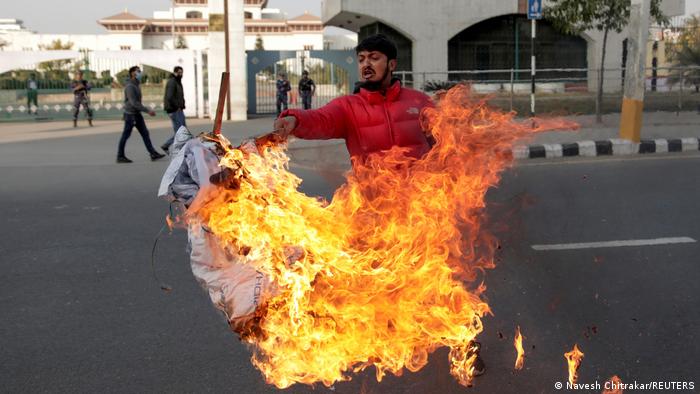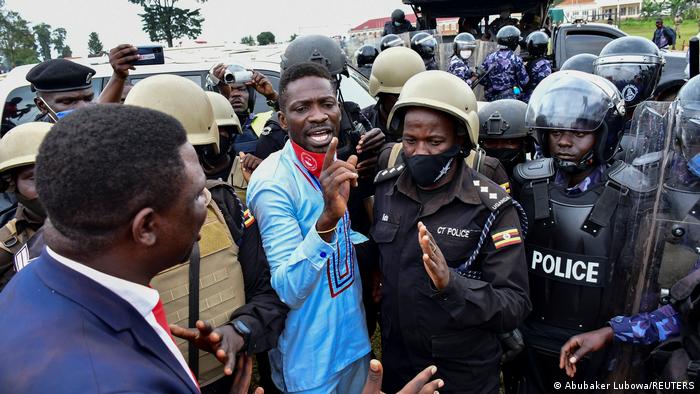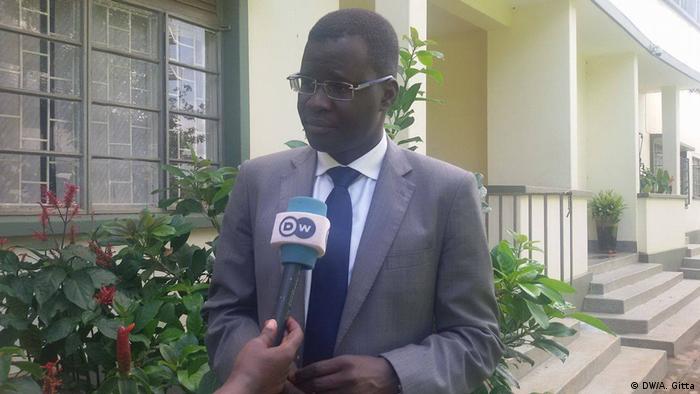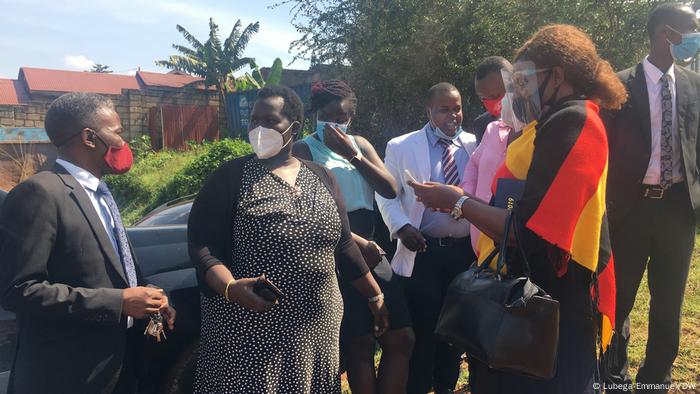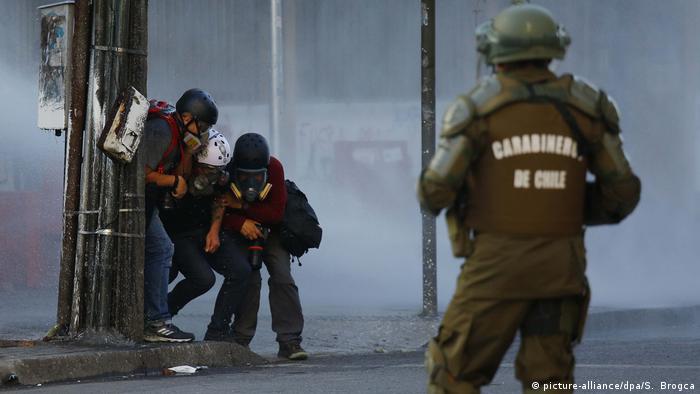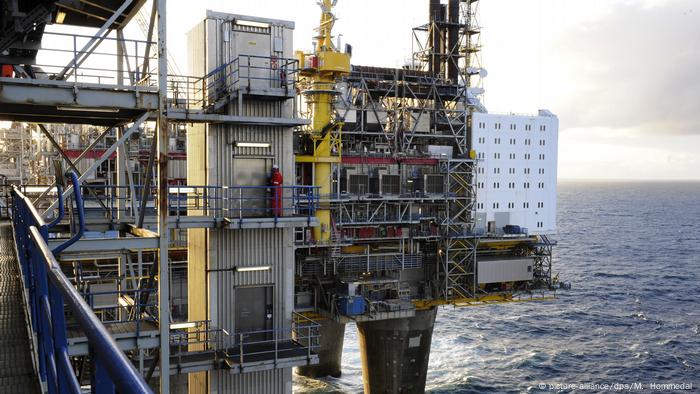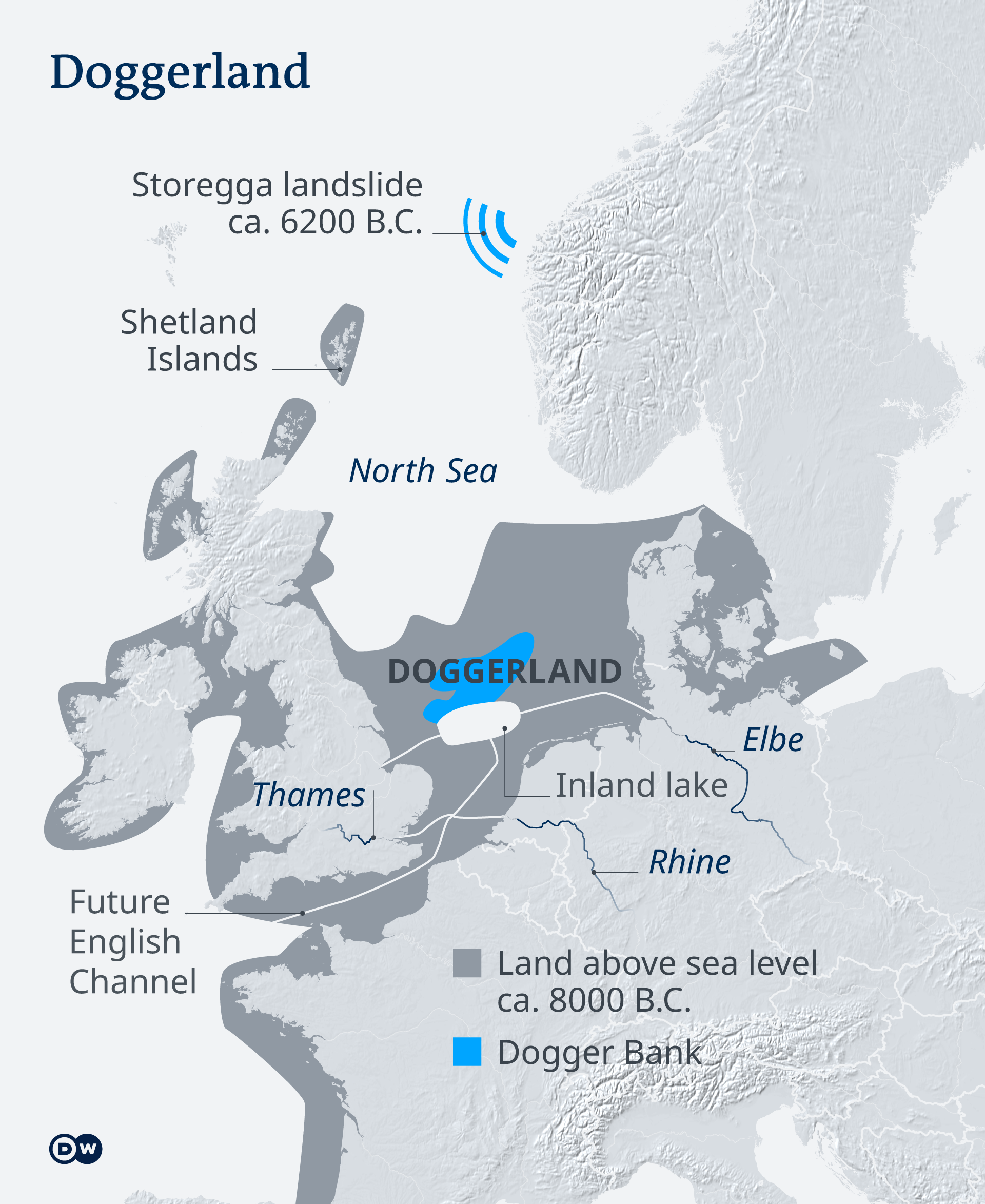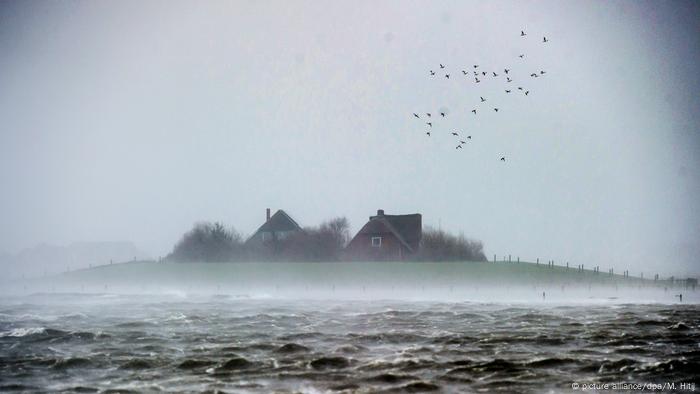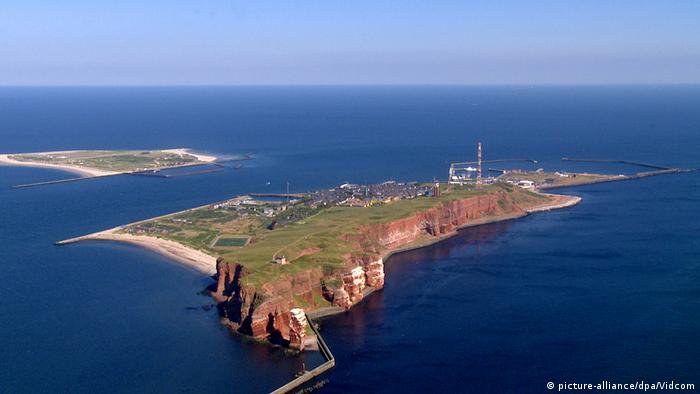If there is a silver lining to 2020, it’s the reminder that even the toughest fights in Indian Country can have a happy ending.
Nick Martin/December 14, 2020 THE NEW REPUBLIC

JUSTIN MERRIMAN/GETTY IMAGES
On Sunday evening, The New York Times reported that Cleveland’s Major League Baseball team will soon be dropping its “Indians” moniker, which the franchise has clung to for 105 years. The decision follows several seasons in which the team began to slowly phase out the use of the nickname on its uniforms; this coincided with the decision in 2018 by the MLB commissioner’s office to halt further official use of the longtime team mascot, Chief Wahoo, a red-faced, extraordinarily racist caricature of a Native man.
This year has not been a particularly kind one to anybody except maybe Jeff Bezos. The pandemic has exacerbated existing systemic failures, stolen far too many elders, and further exposed the federal government as an existential threat to its citizenry and tribal sovereignty. The outlook, more often than not, has been bleak. Yet this has also been the year in which Christopher Columbus statues were ripped down from their pedestals. The one in which multiple tribal citizens are being openly considered for a crucial Cabinet post and in which the Supreme Court declared that treaties cannot be ignored. Land and water protectors have stood strong against capitalism and greed—and won. And now, odd and conflicting as it may be, 2020 will forever be remembered as the year that rang in the beginning of the end for the Native mascot.
Cleveland is the year’s second major professional sports franchise to abandon its racist branding, joining the Washington NFL Team, which dropped its slur of a team name and similarly offensive mascot in July. While both decisions were derided by the outgoing president and plenty of other brainworm types as an example of “cancel culture,” that framing is a pathetic attempt to paint billion-dollar franchises as victims while erasing the actual harm they’ve done: Native team names have been linked to the formation of stereotypes and the historicization of Indigenous Americans among children and adults. But the names are still changing, mad as some jerks might be about it. That’s an objective win, both for Native people and basic human decency.
For years, Washington team owner Dan Snyder bristled at outside calls by Native people to concede that the R-word is racist. Snyder’s antagonistic defense of the slur only fueled his defeat, though, as corporate partners like FedEx, under the same pressure, threatened to sever ties if the name remained. In Cleveland, facing the same headwinds after the 2020 season concluded, team president Chris Antonetti informed reporters that the franchise was set “to undergo a process of engaging with key stakeholders.” Then, following the Times report on Sunday, owner Paul Dolan revealed to the Associated Press that the Cleveland franchise will continue to use “Indians” for the foreseeable future until a new name is selected.
Neither teams’ billionaire owners deserve praise for their decisions—especially in light of Dolan’s insistence on keeping the name for the time being. They just saw the writing was on the wall: The “Indians,” like the R-words and all their other slur or otherwise offensive counterparts, are soon to be relics of the past. The names and the mascots are blights that were magnified, enabled, and capitalized on by rich white people. They will one day all be rightfully buried.
It’s easy to be cynical about these things. (Why is it that they’re only now brainstorming new names?) Still, there is a stubborn amount of hope to be found. Dolan can drag his feet all he wants. He is still going where Native activists have pushed him. Whether it’s in 2021 or 2026, Cleveland will relegate its name to the past where it belongs. A victory is a victory, but it’s crucial to remember how long it took to get here. The end of the Native mascot was a battle fought over many decades—and many lifetimes.
Vernon Bellecourt, of the White Earth Nation, and Juanita Helphrey, of the the Mandan, Hidatsa, and Arikara Nation, were the fighters on the frontline of the Cleveland battle. Helphrey was among the local leaders responsible for blocking the franchise from moving a 35-foot Chief Wahoo statue to the team’s new stadium in the late 1990s. Bellecourt—a former leader of the American Indian Movement and the lead negotiator during AIM’s takeover of the Bureau of Indian Affairs office—joined Helphrey in burning an effigy of the derisive Wahoo mascot outside the team stadium ahead of a World Series game in 1997, a move that got the pair and another Native protester arrested. Yet neither Bellecourt or Helphrey lived to see the payoff from their labors. In his 2007 obituary, the Times even noted that Bellecourt’s “big four” targets in his team name and mascot fight (Washington, Cleveland, Kansas City, and Atlanta) all outlived him. The same held true with Helphrey, who passed two years ago, just as Wahoo was finally going out of vogue with the MLB front office.
Even with new names on the horizon, the fight isn’t over. Franchises and school systems alike will need to be held accountable as they waffle or draw out these changes. And as I wrote in July in the wake of the Washington name change, a world without Native mascots isn’t the end of the story. The work of unwinding the violent anti-Indigenous attitudes embedded in America’s education systems will remain, as will the need to correct the erasure and pan-Indianism encouraged by these mascots and other popular culture vehicles. (And don’t forget, the Atlanta Braves, Chicago Blackhawks, and Kansas City Chiefs are all still in business and tomahawk-chopping their way through the criticism. None of these franchises responded to The New Republic’s inquiries as to whether Cleveland’s move will spur them to undertake similar plans.)
Justice often works on a long, uneven timeline. The battles we see play out in Indian Country nowadays are oftentimes the final acts in campaigns started long before we were born—that legacy of resistance is how you get an 1865 Muscogee Creek treaty standing at the center of one of 2020’s most significant legal cases. That’s how massive changes like these tend to come about: through sustained campaigns that learn from the generations before them. As long as the baton is passed, the fight lives on. Even if you don’t live to see it won.
Today is a reminder of that: Institutions like this will fall if the baton is passed down—generation to generation. For those of us who pay attention to such things, this year, for all the garbage it threw at us, will always have a note scrawled in the corner honoring Bellecourt, Helphrey, and countless others. They were 2020’s too-few silver linings. Two more teams down, plenty more to go.
Nick Martin is a staff writer at The New Republic.
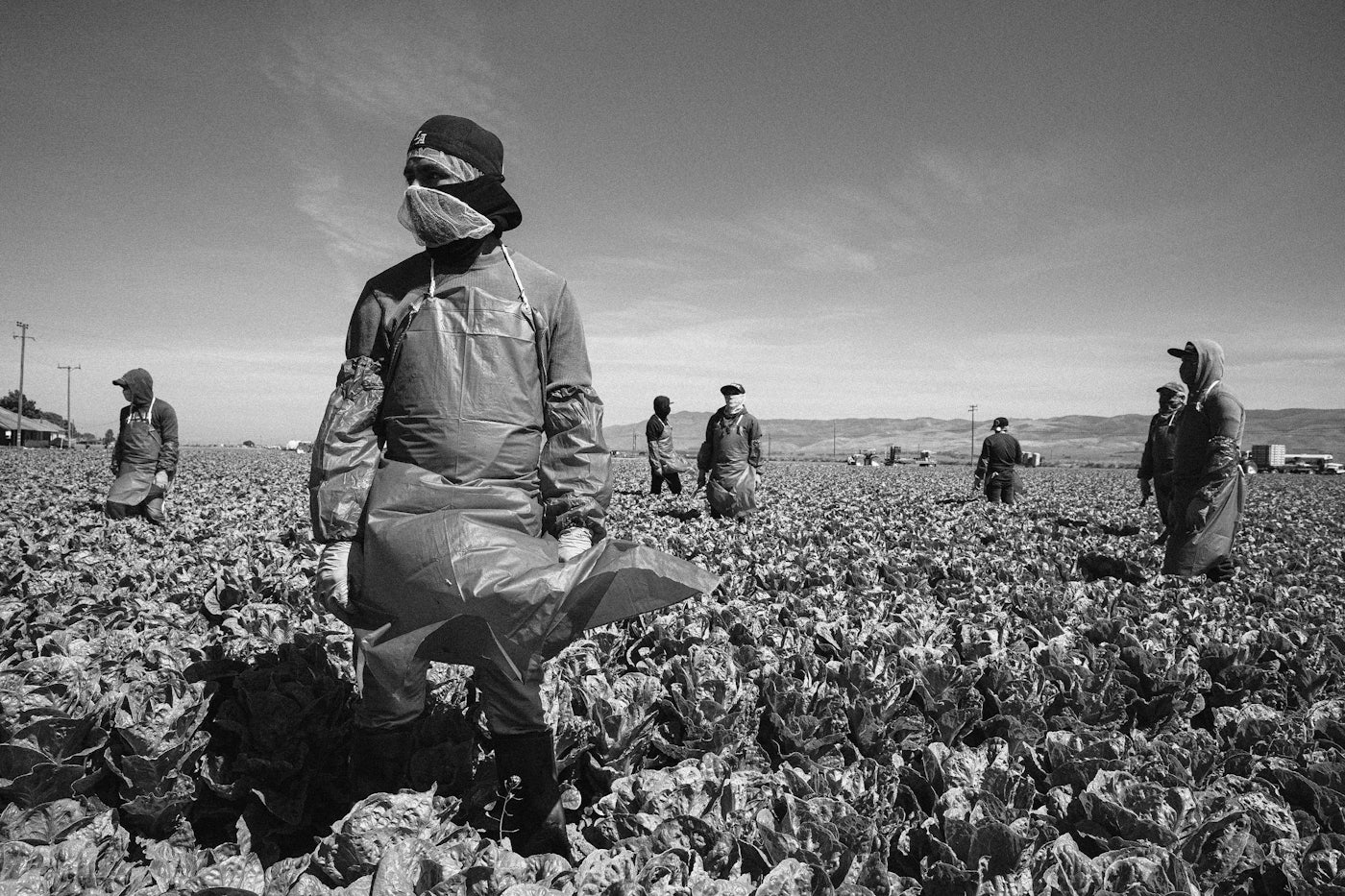
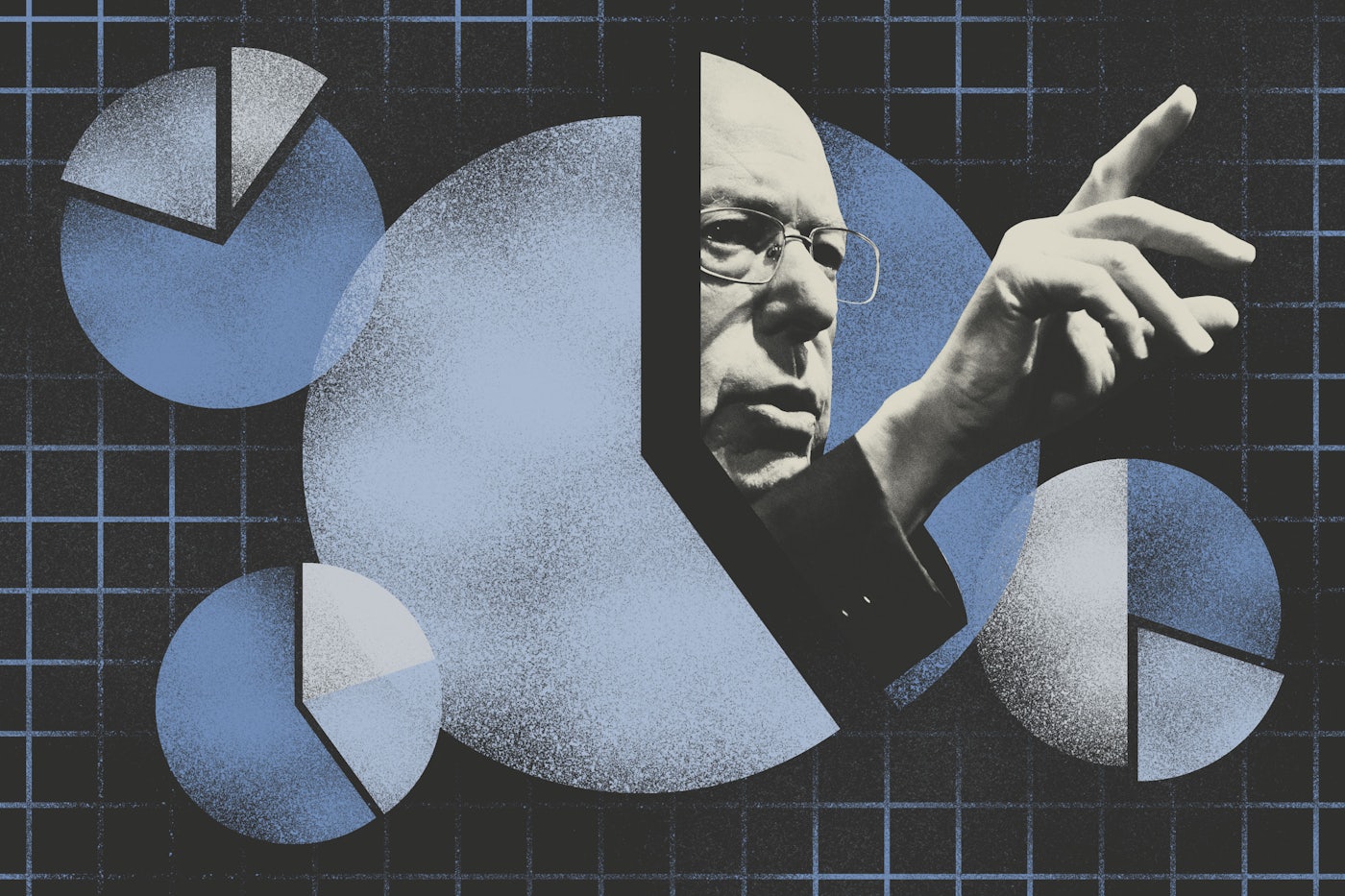

 Global News
Global News


